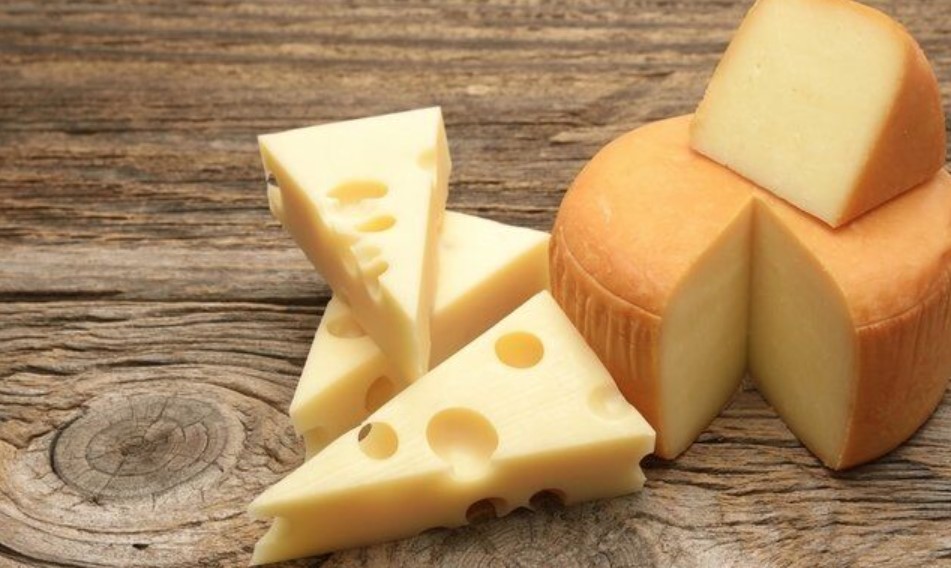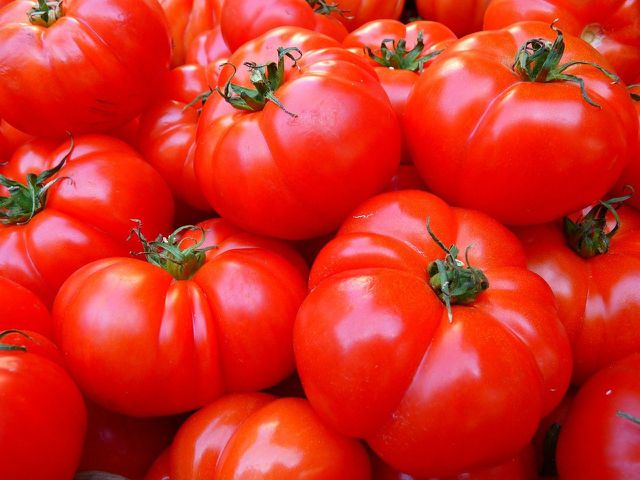Low-histamine foods are important for you if you suffer from histamine intolerance. We have compiled a list of low histamine foods.
General information on low-histamine foods

If you are sensitive to histamine, there are a few general things to keep in mind:
Histamine is either naturally present in food or is produced when food spoils.
Basically, you should therefore prefer fresh, unprocessed or little processed food.
Perishable, protein-rich foods (especially fish, meat and dairy products) should only be eaten fresh. This means that the cold chain must not be interrupted. A few minutes at room temperature are enough for histamine to form.
Many canned foods and convenience foods contain histamines. Therefore, always inform yourself well about the ingredients and cook yourself if possible.
If you prepare fresh, animal products, you should pay attention to a gentle preparation method. If you want to save leftovers, let them cool down as quickly as possible and freeze them. Only thaw them just before eating.
In restaurants, you can never be sure exactly what is included in the meal. Ask the waiter and choose dishes that consist of foods that are as low in histamine as possible.
Many people who do not tolerate histamine well are also sensitive to sulphites. Therefore, when you buy dried fruit, you should make sure that it is unsulphured. Many finished products also contain sulphites.
The following list does not list every single low-histamine food, but serves as a guide. You should also test for yourself whether you tolerate the food in question – this can vary depending on how severe your intolerance is.
Low histamine foods – vegetables and fruits
Low histamine vegetables:
Types of cabbage: broccoli, kale, red cabbage, cauliflower
Cucurbits: cucumber, squash, zucchini
Nightshade family: potato, pepper
Root vegetables: fennel, carrot, celeriac, parsnip, radish, beetroot, salsify, sweet potato, onion
Leek
chard
rhubarb
Lettuce (all sorts except rocket)
asparagus
Low histamine fruit:
Apple
Berries: blueberry, currant (red and black), jostaberry, blackberry, gooseberry, lingonberry, cranberry and grape
pomegranate
persimmon
lychee
melon (all kinds)
Stone fruit: dates, cherries, mangoes, apricots, nectarines, peaches, plums (only small amounts), sour cherries, plums (only small amounts)
Low histamine foods – grains, nuts and oils
Low histamine cereals and baked goods:
Corn
rice
millet
quinoa
pasta
Wheat, oats, barley, spelled and baked goods made from them (beware of products with yeast, buckwheat, sourdough or wheat germ)
Low histamine nuts and seeds:
products made from coconuts
Hazelnuts (only in small amounts, as they release endogenous histamine)
macadamia
almonds
Maroni/chestnuts
brazil nuts
pistachios
Sesame, linseed, pumpkin seeds
Edible oils are generally considered harmless. You should only be careful with walnut oil.
Low histamine foods – animal products
For the sake of you and the environment, you should only buy animal-based foods that are organic. When shopping, look for the Demeter seal, the Naturland seal or the Bioland seal. This is particularly important if you suffer from histamine intolerance. The SIGHI (Swiss interest group histamine intolerance) recommends the following foods for a low-histamine diet:
Low histamine meat:
fresh and unmarinated meat (pay attention to the date on the package or buy fresh from the butcher.)
if frozen, thaw quickly and use immediately
Fish and seafood low in histamine:
absolutely freshly caught fish or seafood; if in doubt, do without it
if frozen, thaw quickly and use immediately
Low-histamine dairy products and eggs:
Fresh milk products, raw milk straight from the farm
pasteurized milk and UHT milk
butter (sweet cream)
Creme fraiche Cheese
Cream cheese (tip: make your own cream cheese)
cottage cheese
Quark (mixed with water, you can use it as yoghurt)
cream
unripened cheeses, such as mozzarella, young Gouda or young butter cheese
fresh eggs
Low Histamine Foods – Spices and Miscellaneous
Low-histamine spices and kitchen herbs:
salt (sparingly)
fresh garlic (in small amounts)
kitchen herbs
Ginger (in small amounts)
turmeric
mild spices
brandy vinegar or apple cider vinegar
Binding agents such as corn starch or potato starch
Low histamine sweets:
basically everything without cocoa and jams made from compatible fruits
Sugar, Honey, Stevia, Agave Syrup. Remember to eat a balanced and healthy diet. Too much sugar can be harmful.
Low histamine drinks:
still water (carbonated water can also cause problems)
Herbal teas (except stinging nettle)
Fruit juices/nectars from well-tolerated fruits
Almond milk or oat milk (other plant-based milks may cause problems. You should find that out for yourself.)
These foods are high in histamine
A particularly large amount of histamine is contained, for example, in:
Fish that is neither freshly caught nor frozen freshly caught
Meat and sausage products that are no longer fresh (especially game and pork)
offal, especially liver
Cheese: the riper the cheese, the more histamine it contains
Dairy products like yogurt and sour cream
Sauerkraut, through lactic acid fermentation (other foods fermented with lactic acid, such as pickles, often contain a lot of histamine)
Vegetables like tomatoes, avocado, eggplant and spinach
Mushrooms such as porcini, morels or button mushrooms
fermented liquids such as vinegar (wine vinegar and balsamic vinegar), soy sauce or fermented (fruit) juices
yeast extract
Alcoholic beverages such as wine and beer (due to fermentation)
Cocoa, black and green tea, coffee (through fermentation)
Dyes and artificial additives in food
Citric Acid Concentrate
In addition to foods containing histamine, there are also some foods that indirectly cause the histamine level to rise. Some of the things that can release the body’s own histamine are:
lots of citrus fruits like oranges and lemons
Bananas, kiwi, pears, papaya, guavas, strawberries, raspberries, pineapple
Legumes (lentils, beans, soy) and wheat germ
The capsaicin contained in chili also causes reactions in many sensitive people, but the mechanisms behind it are not entirely clear.
While the limitations of histamine intolerance are high and frustrating, don’t focus on what you can’t eat, instead enjoy what you can eat. Concentrate your mind on the low-histamine foods.
What is histamine?

Histamine is a so-called biogenic amine. It is formed during the natural metabolism of humans, animals and plants. Histamine is formed in food when bacteria break down the amino acid histidine. Some plants such as tomatoes or spinach naturally contain more histamine, while others are low-histamine foods. Animal products such as fish, meat or dairy products that perish easily can have high histamine levels.
The human body also produces histamine as a partial product of normal metabolism. In healthy people, the organism is able to break down both the body’s own and the absorbed histamine. The histamines and other amines are inactivated and rendered harmless as soon as they penetrate the intestinal wall. In high doses, histamine is toxic to all humans. However, individual tolerance for low doses of histamine can vary widely.
Why is histamine harmful?
Some people are very sensitive to histamine intake. It is difficult to judge whether the affected person is only suffering from an intolerance or whether the body’s own defense mechanisms are not working properly.
In too high doses, histamine can lead to allergic reactions such as itching or reddening of the skin. In addition, it can lead to a drop in blood pressure and in sensitive people to symptoms of poisoning such as diarrhea or rapid heartbeat.
Histamine is heat resistant. This means you cannot eliminate the harmful amine by cooking or baking affected foods.
If you still have symptoms even after eating low-histamine foods, you should definitely consult a doctor.
